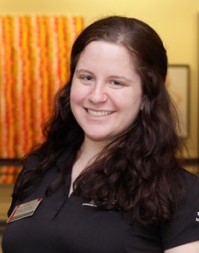Below is a summary of the abstract you submitted. Presenting author(s) is shown in bold.
If any changes need to be made, you can modify the abstract or change the authors.
You can also download a .docx version of this abstract.
If there are any problems, please email Dan at dar78@pitt.edu and he'll take care of them!
This abstract was last modified on May 5, 2017 at 7:19 p.m..

Since 2011, students at The Ohio State University have been isolating bacteriophage using the host Mycobacterium smegmatis. To date, they have isolated and purified over 150 mycobacteriophages and have had 20 genomes sequenced. This year, we decided to switch to Arthrobacter sp. as our host in order to contribute to the expanding knowledge of phage diversity. During fall semester 2016, students isolated 6 novel Arthrobacter phage including 3 belonging to cluster AV, which previously had only one known member (Jasmine). The genomes of these newly discovered phage (Adat, Gurgleferb, and Nellie) range in size from 45,426bp to 45,428bp, compared to Jasmine’s 46,723bp genome. They all have 57 predicted open reading frames and an average GC content of 45.8%. 93% of their Phams are found only in cluster AV. Perhaps the most interesting feature is their morphology, as the AV cluster phages are the first podoviridae phage characterized by the SEA-PHAGES program to date. Genomic analysis failed to reveal a putative tape measure gene which is consistent with previously examined podoviridae phage. Additional bioinformatic analyses were performed to try and identify genes related to tail assembly.


